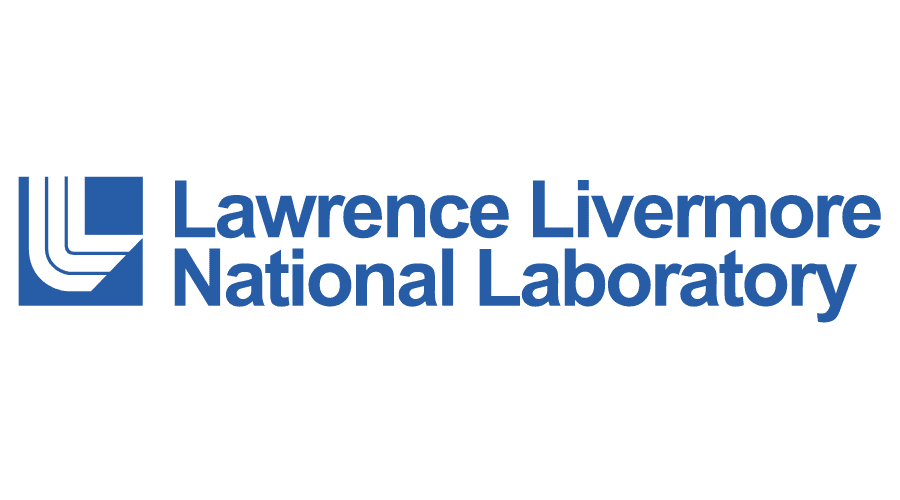Part 1 of 3 Part
About a year ago, scientists at the world’s largest laser-fusion facility announced a landmark achievement. They had shattered all the existing records and produced, for a fraction of a second, a highly energetic fusion reaction of the kind that powers stars and thermonuclear weapons. However, efforts aimed at replication of that moment of fusion have failed. Earlier this year, researchers at the California facility changed direction. They are working on rethinking their experimental design.
The failure to reproduce earlier results has renewed debate about the future of the National Ignition Facility (NIF). The NIF is a three and a half billion-dollar device that is housed at the Lawrence Livermore National Laboratory (LLNL). It is overseen by the National Nuclear Security Administration (NNSA). The NNSA is a branch of the U.S. Department of Energy that manages all the U.S. nuclear weapons. The NIF’s primary mission is to create high-yield fusion reactions, and to inform maintenance of the U.S. nuclear arsenal.
The record-setting laser shot on August 8th, 2021, proved that the facility has at last accomplished its main mission. However, the facility ultimately cost much more and achieved much less than originally promised. Subsequent attempts at reaching the same energy generation have only managed to produce fifty percent of the energy produced in last year’s experiment. Researchers did not expect that replicating the breakthrough experimental results would be easy. The massive device is now operating at the cusp of fusion “ignition”. Tiny, inadvertent differences from one experiment to another can have huge impacts on the energy output. Many analysts believe that the failure to reproduce last August’s experiment underscores researchers’ inability to understand, engineer and predict experiments at these energies with precision.
Omar Hurricane is the chief scientist for Livermore’s inertial-confinement fusion program. He has advocated moving forward with the existing experimental design to probe this energy regime. Others at the LLNL believe they should step back and regroup. He said, “The fact that we have done it is kind of existence proof that we can do it. Our issue is doing it repeatedly and reliably.” He went on to say that the program leadership made the decision to halt replication experiments. They now want to focus on next steps that could push the NIF well beyond the fusion threshold and into an entirely new and more predictable regime. Yields are expected to be significantly larger than the August 2021 experiment.
Some of the researchers in the fusion community had long raised questions about the usefulness of the NIF. For them, the entire episode has highlighted the facility’s remarkable achievements as well as its fundamental limitations.
Stephen Bodner is a physicist who formerly headed the laser-fusion program at the US Naval Research Laboratory in Washington DC. He said, “I think they should call it a success and stop.” He added that he thought that the NIF is a technological dead end, and that it is time to prepare for a next generation laser that could finally open the door to fusion energy generation.
Please read Part 2 next
